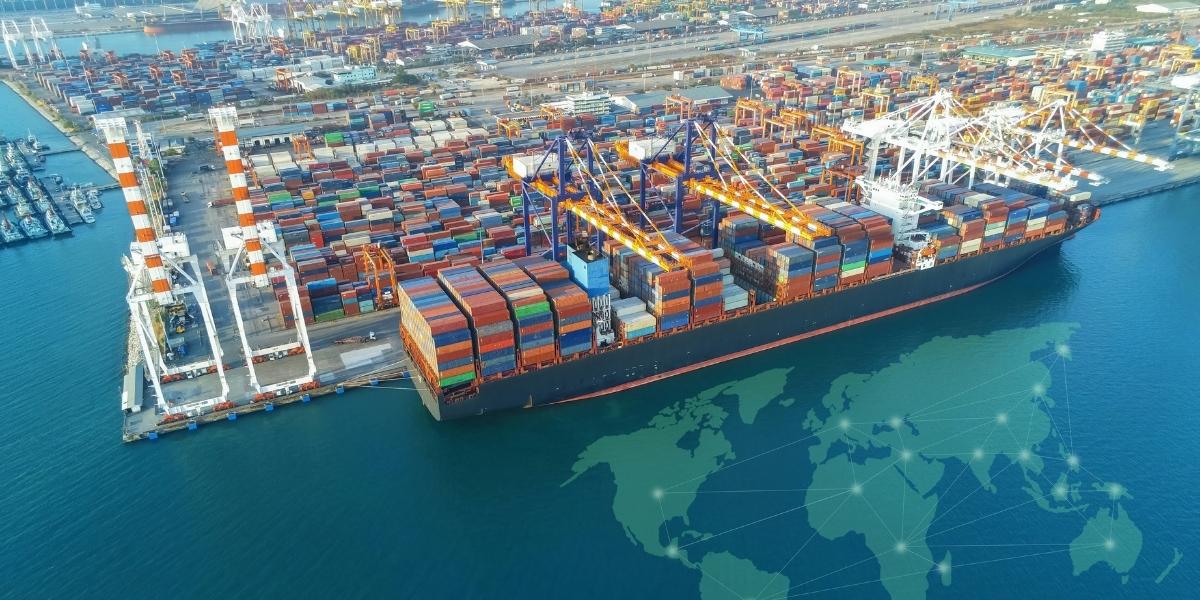The Southern United States has long been a critical hub for supply chain operations, thanks to its strategic location, robust infrastructure, and growing economy. As the business landscape evolves, the South continues to maintain its momentum in the supply chain industry. This article explores the key factors contributing to this sustained success, focusing on infrastructure, technological advancements, workforce development, and strategic initiatives.
Strategic Infrastructure
The South boasts a comprehensive transportation network that includes major highways, railways, and ports. Key interstates such as I-10, I-20, I-40, and I-75 facilitate the efficient movement of goods across the region and beyond. Additionally, the extensive rail network supports the bulk transportation of commodities, reducing congestion on highways and lowering transportation costs.
Ports in the Southern United States play a vital role in global trade. Ports such as the Port of Savannah, Port of Houston, and Port of Miami are among the busiest in the country, handling millions of TEUs (twenty-foot equivalent units) annually. These ports offer state-of-the-art facilities and services, ensuring that goods are processed quickly and efficiently, minimizing delays in the supply chain.
Major airports in the South, including Hartsfield-Jackson Atlanta International Airport and Miami International Airport, are crucial hubs for air cargo operations. These airports provide extensive cargo services, connecting the region to international markets and enabling fast and reliable transportation of high-value and time-sensitive goods.
Technological Advancements
The adoption of automation and robotics has revolutionized supply chain operations in the South. Automated warehouses and distribution centers enhance efficiency by streamlining sorting, packing, and shipping processes. Robotics technology reduces human error, increases speed, and improves overall productivity, helping businesses meet the growing demand for faster and more accurate deliveries.
Data analytics and the Internet of Things (IoT) are transforming supply chain management. Companies use data analytics to gain insights into inventory levels, demand patterns, and operational performance. IoT devices provide real-time tracking and monitoring of goods, allowing for better visibility and control throughout the supply chain. These technologies enable businesses to make data-driven decisions, optimize operations, and enhance customer satisfaction.
Blockchain technology is gaining traction in the supply chain industry for its ability to provide transparency and security. By creating immutable records of transactions, blockchain helps prevent fraud, streamline documentation, and improve traceability. Businesses in the South are increasingly adopting blockchain to enhance the reliability and integrity of their supply chains.
Workforce Development
The South’s skilled labor force is a significant asset to its supply chain industry. Regional educational institutions and technical schools offer specialized training programs in logistics, transportation, and supply chain management. These programs equip workers with the skills needed to excel in the industry, ensuring a steady supply of qualified professionals.
State governments and industry associations in the South have implemented workforce training programs to support the supply chain sector. These programs focus on upskilling and reskilling workers, addressing skill gaps, and promoting career development. By investing in workforce training, the South ensures that its labor force remains competitive and adaptable to technological advancements.
Collaboration between businesses and educational institutions is crucial for workforce development. Companies in the South partner with universities and community colleges to create internship and apprenticeship programs, providing students with hands-on experience and exposure to real-world supply chain operations. This collaboration fosters a pipeline of talent ready to enter the industry upon graduation.
Strategic Initiatives
State governments in the South offer various economic incentives to attract and retain supply chain businesses. These incentives include tax breaks, grants, and subsidies for infrastructure development and technology adoption. By creating a favorable business environment, the South attracts investment and encourages the growth of supply chain operations.
Public-private partnerships (PPPs) play a vital role in enhancing supply chain infrastructure and services. Collaboration between government entities and private companies leads to the development of innovative solutions and the efficient allocation of resources. PPPs support the construction and maintenance of critical infrastructure, such as roads, bridges, and ports, ensuring the region’s supply chain remains robust and resilient.
Sustainability is becoming increasingly important in supply chain management. Southern states are implementing initiatives to reduce the environmental impact of supply chain operations. These initiatives include promoting the use of renewable energy, encouraging eco-friendly transportation methods, and supporting the development of green logistics practices. By prioritizing sustainability, the South is positioning itself as a leader in responsible supply chain management.
The South has successfully maintained its momentum in the supply chain industry through strategic infrastructure development, technological advancements, workforce development, and strategic initiatives. The region’s robust transportation networks, adoption of cutting-edge technologies, skilled labor force, and supportive government policies have all contributed to its continued success. As the global business landscape evolves, the South’s proactive approach ensures that it remains a vital hub for supply chain operations, driving economic growth and competitiveness.








